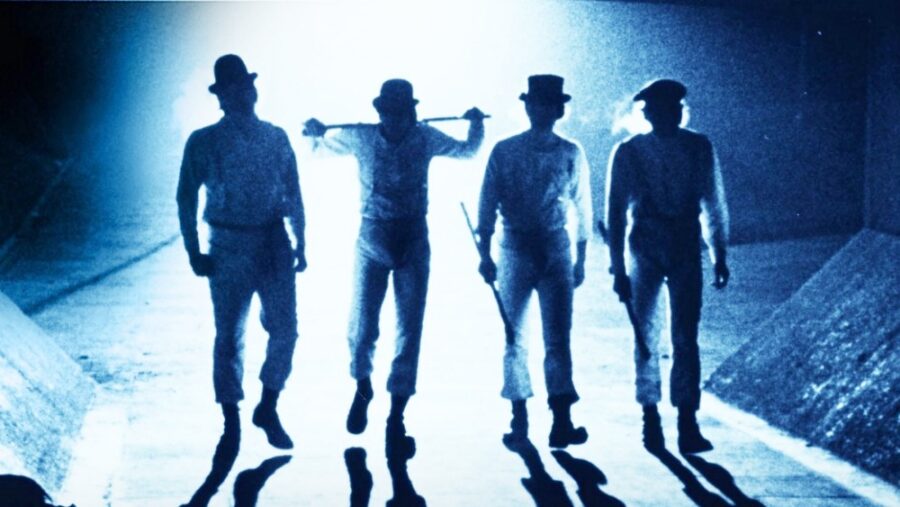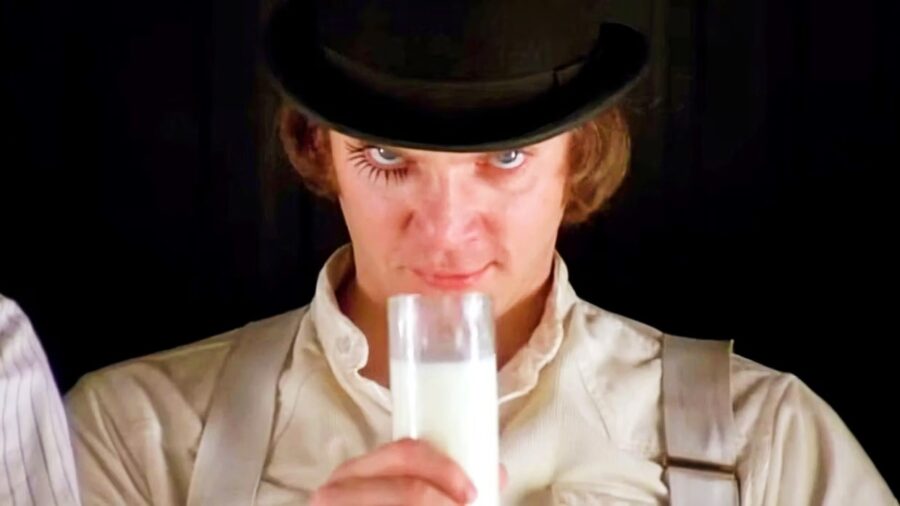The Sci-Fi Classic Banned For Controversial Sex Scene

Stanley Kubrick’s masterpiece, A Clockwork Orange (available to rent on Amazon Prime Video), is one for the history books. The United States Library of Congress even chose the movie to be preserved in the National Film Registry due to its cultural, historical, and aesthetic significance.
Is “goodness” really good if you’re forced to act in such a way?
When it was first released, the film wasn’t well received by critics due to its graphic depictions of violence and a brutal rape scene. After people felt that the movie was inspiring copycat crimes, the movie was withdrawn from British cinemas. Several other countries even banned the movie. Though the movie was initially viewed as simply disturbing and violent, the world took notice over time, and A Clockwork Orange is now a cult classic.
The film celebrated its first premiere in New York City on December 19, 1971, and it dropped in the United Kingdom in early 1972. For more than 60 years, the message behind Kubrick’s film adaptation of Anthony Burgess’s novel by the same name has served up a lesson in psychology, society, and free will.
Though the movie isn’t entirely easy to watch, the events of the story lead to some very distinctly important questions about government control, freedom of choice, and the true nature of goodness. Is “goodness” really good if you’re forced to act in such a way?
A Clockwork Orange stars Malcolm McDowell (Soran in Star Trek: Generations) as Alex (the lead character), Warren Clarke (as Dim), James Marcus (as Georgie), and Michael Tarn (as Pete). Alex (who also loves Beethoven) is the leader of the group, and he calls Dim, Georgie, and Pete his “droogs” or pals. Alex and his pals enjoy and specialize in delinquent behaviors like robbery, rape, and other acts of “ultra-violence”.

On one exceedingly “ultra-violent” evening in A Clockwork Orange, Alex breaks into the home of a wealthy lady. While his “droogs” stay outside and wait, Alex beats the lady to death with a phallic-looking sculpture from her home.
For more than 60 years, the message behind Kubrick’s film adaptation of Anthony Burgess’s novel by the same name has served up a lesson in psychology, society, and free will.
When Alex hears approaching sirens, he tries to escape, but Dim hits him in the face with a glass bottle and he is captured. Alex is subsequently sentenced to 14 years in prison.
A Clockwork Orange moves on to show that after serving two years in prison, he volunteers to be a part of a new psychological technique aimed at rehabilitating criminals in just two weeks. The Minister of Interior wants to put his new psychological training called the Ludovico technique into practice.
For his treatment, Alex is strapped to a chair with his eyes pulled wide open, and he is injected with a drug that makes him nauseous. While feeling sick, he is shown repeated images of rape and violence while Beethoven plays in the background.
After people felt that the movie was inspiring copycat crimes, the movie was withdrawn from British cinemas.
After two weeks of the treatment, Alex demonstrates that he is no longer a threat to society. While being taunted and verbally accosted by an actor, Alex cannot fight back. He is also taken ill when he sees a topless woman. The treatment has worked. Alex is A Clockwork Orange, organic on the outside, mechanical on the inside.
However, the story of the film doesn’t end there. Alex faces a few new challenges, receives a few brutal beatings, and the ending of the movie holds a few thoughtful surprises. If you have yet to see the film for yourself, you can find A Clockwork Orange for rent on the Amazon Prime Video streaming platform.












